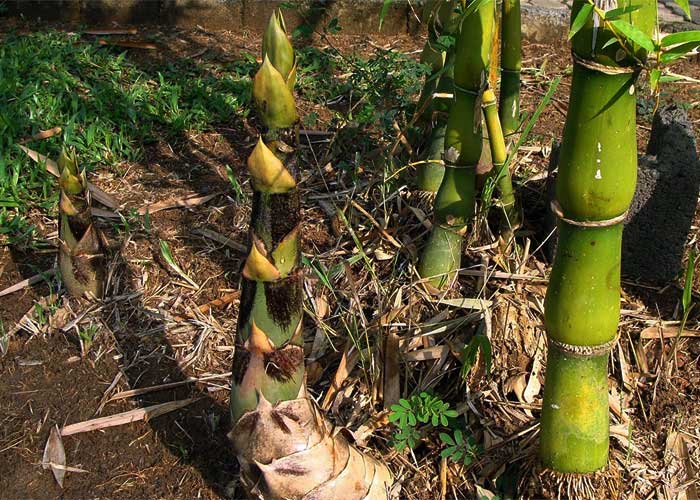Bamboos can grow in extremely diverse ranges of soil conditions varying from organically poor to mineral-rich; moisture levels from drought to flooding, they are the ideal choice for reclaiming degraded lands. Generally, it prefers soil with rich organic matter, moist, porous, well-drained, and neutral pH- or marginally acidic.
Most of the bamboo species can be grown and cultivated on a wide variety of soils except for rock-strewn soils and prefer to grow in well-drained, sandy loam to clay loam soils with a pH range of 4.5 to 6.0. Soil pH range of 5.0-6.5 is the most suitable for bamboo; some species may grow even at pH 3.5. The optimum soil conditions for high yield include soil type with loose well-aerated and thick soil, moderate moisture humidity, marginally acidic, and rich organic matter.
It has also been found that soil rich in N, P2O5, K2O, CaO, and SiO2 also promotes the best growth of bamboo culms, and soil nitrogen content is the most important factor affecting bamboo growth.

Generally, saline soil is not suitable for bamboo growth, however, some species are salt-tolerant to a certain extent. Similarly, under prolonged waterlogged conditions and in swamps, the roots and rhizome of the bamboo tend to rot, and gradually the rhizome dries. However, bamboos grown in flood plains can tolerate short seasonal floods as in the case of reeds like Ochlandra travancorica, O. scriptoria, O. wightii, etc., found in Kerala, Tamil Nadu, Goa, and Karnataka. In this context, for riverbank stabilization programmes the reeds are the better option in their fibrous root system will act as a network and thus prevent the erosion of topsoil.
